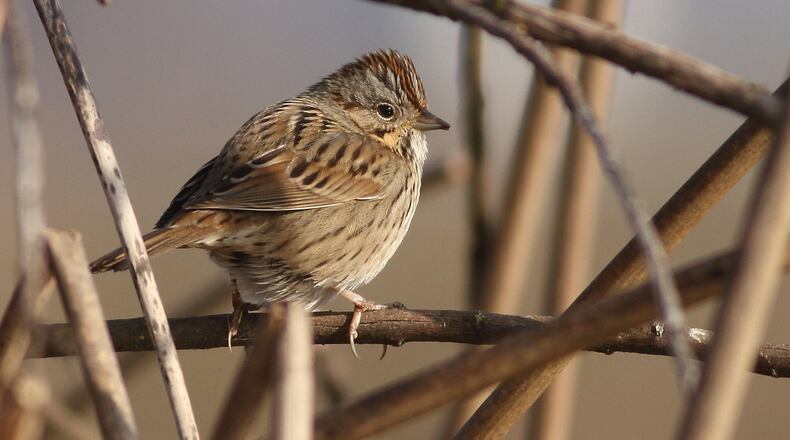For two current students and two recent graduates of the University of Georgia, April 25 was not just a big day, it was the Big Day. The four young men, all avid birders, set a new Georgia record for a birding Big Day — seeing or hearing 196 bird species in a single 24-hour period.
During a winding trek that took them from Athens to St. Simons Island in search of birds, the four birders broke the previous Big Day state record of 193 set in 2003.
It was a grueling, fast-paced 24 hours, “but tremendous fun and satisfaction,” said John Mark Simmons, an ardent bird lover since elementary school who earned an ecology degree from UGA in December.
His fellow team members were Patrick Maurice, Mac McCall and Josiah Lavender.
They followed the Big Day competition rules set by the American Birding Association, which stipulates that all of the counting must be done within a single 24-hour period on a single calendar day.
The team had spent many hours planning and mapping out their route from Athens to the coast and studying reports on where certain birds were likely to be. Just after the calendar turned to April 25, they piled into a four-door Toyota Camry Hybrid to begin their quest. The gas-saving hybrid, Simmons noted, meant they didn’t have to waste time to refuel. They obeyed speed limits and other traffic rules: Getting stopped for speeding would have wrecked their schedule.
During the pre-dawn hours, they looked for owls and other night birds in the Athens area. At dawn, they were at the State Botanical Garden, where they tallied 75 species, including a surprise — an uncommon Lincoln’s sparrow. Near Savannah, they ventured into a pine forest on Fort Stewart Army base and heard endangered red-cockaded woodpeckers. Coastal areas yielded several species of shorebirds and wading birds.
By day’s end, the team was exhausted but ecstatic over breaking the record. “I’ve been dreaming (of this) for a long time,” Simmons said.
IN THE SKY: From David Dundee, Tellus Science Museum astronomer: The moon will be new on Tuesday. Mercury and Venus are low in the west at dusk. Venus will appear near the moon on Wednesday night; Mercury will do so on Thursday night. Mars is low in the southwest at dark and sets in the west a few hours later. Jupiter and Saturn rise in the east around midnight.
Charles Seabrook can be reached at charles.seabrook@yahoo.com.
About the Author
Keep Reading
The Latest
Featured


